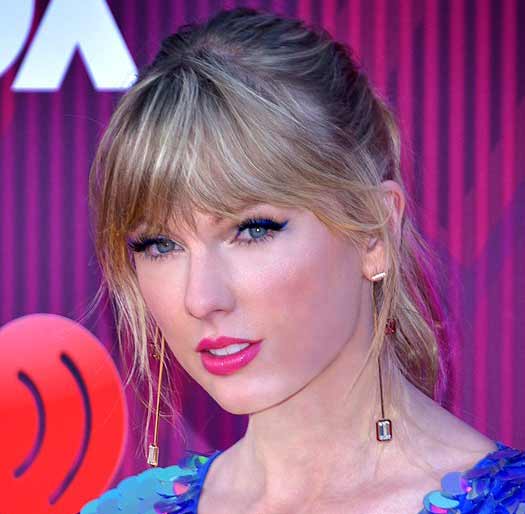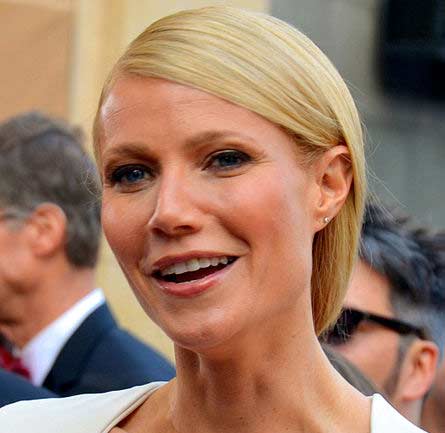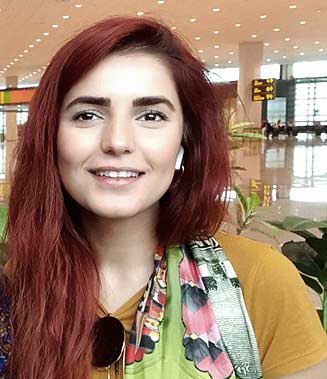| Full Name | Shakira Isabel Mebarak Ripoll |
| Stage Name | Shakira |
| Birth Date | 2 February 1977 |
| Birth Place | Barranquilla, Colombia |
| Age | 47 |
| Net Worth | $300 million |
| Occupations | Singer, songwriter, record producer, dancer, actress, philanthropist |
| Years Active | 1990–present |
| Organization | Barefoot Foundation |
| Partners | Antonio de la Rúa (2000–2010), Gerard Piqué (2011–2022) |
| Children | 2 |
| Awards | 3 Grammy Awards, 14 Latin Grammy Awards, 7 Billboard Music Awards, 39 Billboard Latin Music Awards, 5 MTV Video Music Awards, 21 Guinness World Records, and more |
| Genres | Latin pop, pop, dance, reggaeton, rock |
| Labels | Columbia, Epic, RCA, Sony Latin |
| Website | shakira.com |
| Notable Albums | Laundry Service (2001), Fijación Oral, Vol. 1 (2005), Sale el Sol (2010), El Dorado (2017), Las Mujeres Ya No Lloran (2024), and more |
| Notable Songs | “Whenever, Wherever”, “Underneath Your Clothes”, “La Tortura”, “Hips Don’t Lie”, “Waka Waka (This Time for Africa)”, “Loca”, “Chantaje”, and many others |
| Film Appearances | Zootopia (2016) |
| Television Appearances | The Voice (2013–2014), Dancing with Myself (2022) |
| Influence | Credited with opening the international market for Latin artists, introducing Latin and Middle Eastern music to a wider audience, popularizing music in Spanish language |
| Accolades | Latin Recording Academy Person of the Year, Harvard Foundation Artist of the Year, Chevalier of the Order of Arts and Letters, MTV Michael Jackson Video Vanguard Award |
| Philanthropy | Founder of Barefoot Foundation, appointed to President’s Advisory Commission on Educational Excellence for Hispanics |






